They were the secret and elite ‘Dad’s Army’ based in Kirriemuir which readied itself to repel a Nazi invasion during the Second World War.
The Tayside guerrilla warfare brigade was set up to carry out a last-ditch defence and take the fight to the Nazis if Hitler’s Operation Sea Lion was given the green light.
The Kirriemuir unit was one of the first in Scotland to be armed with tommy guns and were trained in blowing up railway lines to disrupt Nazi supply lines.
The unit was led by Sir Thomas Torquil Munro whose story is a reminder of how these highly-secret units were ready to defend their region at all costs from invasion.
Who was Sir Torquil?
Sir Torquil was previously a 2nd Lieutenant in the Grenadier Guards.
Born in 1901, he was the 5th Baronet of Lindertis and a Justice of the Peace for County Angus who was also in change of the regular Home Guard.
He spoke to the Evening Telegraph about his wartime adventures in 1970.
Sir Torquil told how he almost cashed in his chips while receiving and delivering the weapons and ammunition to equip his 35-strong auxiliary unit.
He said: “Once on returning home, I went into the dining room and the parlour maid arrived with a silver salver on which a cylindrical turn was standing upright.
“She laid it on the dining room table.
“To my horror I recognised it as a container holding 30 detonators.
“I picked it up very carefully and laid it aside.
“The maid told me that a soldier on a motorbike had warned her not to drop it.
“Sometimes I was landed with pounds and pounds of plastic explosives, as well as detonators, high explosive fuses, and all the necessary material for warfare that I would pass on to the members of my section.
“One night, I was distributing stuff in an old Morris 8 which was towing a trailer.
“The car was full of high explosives and detonators, and the trailer was bursting at the seams with incendiary bombs.
“On my journey I ran into the worst thunderstorm I’ve ever encountered.
“Lightning was flashing all around me.
“I became rather scared but then I thought that if I was struck by lightning, it wouldn’t matter whether I was carrying explosives or not.”
Who made up ‘Dad’s Army’?
The auxiliary units, like the one at Kirriemuir, were a nationwide resistance network which would go to ground in the case of Operation Sea Lion.
Operation Sea Lion was the code name for Nazi Germany’s planned invasion of Britain.
Hitler believed it would have led to the rapid conclusion of the war after initially setting in motion preparations for a landing on July 16 1940.
Sir Torquil gave details of some of the men in his unit which had “no age limit”.
He said: “Our wives never knew about our auxiliary unit or what we were doing.
“I had 35 men in my group, each recruited separately and in complete secrecy, the group was divided into five sections of seven men each.
“In our number we had two very highly respected and well-to-do farmers and gamekeepers, one agricultural contractor, one blacksmith, and the rest were tractor drivers and farm workers.
No complaints
“There was no age limit.
“The main qualification was that they had to move silently and quickly in the dark.
“I had one man who was getting on in his years and lame but he could move as quickly in the dark as anyone else.”
Despite some of his unit “getting on” he said he couldn’t have had a better group and described them as “very loyal and conscientious and enthusiastic”.
“They worked for me half the night yet had to be up by yoking time in the morning but there were no complaints.
“We trained quite independently from the ordinary Home Guard.
“We began training with the use of revolvers at running targets on fairly clear nights.
“Then we trained with the tommy guns, which were later replaced by Brens.”
Sir Torquil said each section was trained independently.
He said: “We did our training in all sorts of out-of-the-way spots.
“However, people still knew that there was something strange going on because of the bangs.
“At the end of the initial training, I was able to put them all through their army marksmanship tests, lying at 500 yards, 400 yards, 300 yards, 200 yards and 100 yards, then rapid kneeling at 50 yards and standing at 50 yards.
“I became so confident in their ability that I stood beside the targets and pointed out their bullet holes with my stick.
“We reached such an advanced stage of proficiency that my men were able to take apart and assemble a Mills bomb in 34 seconds.
“We became skilful at handling detonators too and we had quite a lot of fun with them; we used to fix detonators rubbed round with plastic to each other’s motor cars.
“As soon as the car started, they went off with live bangs.
“There were various ways of fixing a detonator – to the ignition, to the steering so that it exploded on the first corner, or to the wheel so that it went off as soon as the car moved.
“We devised a different way of dealing with motorcyclists or despatch riders; we obtained an old stack bomb which was out of action and took off the handle.
“Then we put a detonator and some plastic into the handle, and hung it up on a tree with a pull switch on it.
“Naturally, the first way of dealing with a motorcyclist was by means of a tripwire.
“If it touched his neck, he would probably be killed straight away.
“If he got it in his chest, he would not be killed.
“But by the time he was underneath our booby trap he would be covered in incendiary, for as soon as he touched the wire, the whole thing would go up in smoke.
Egg and spoon race
“It worked very well for we tried it out with a long stick; we had to have proficiency tests and we added an element of competition to them by holding the guerrilla equivalent of an egg and spoon race.”
The group was divided into teams and each member had to assemble a Mills bomb, fuse, and crimp a live detonator, run 25 yards, penetrate two thicknesses of wire barrier, crawl 20 yards and roll across the road.
Sir Torquil said the secret was in carrying the detonator.
“I, and most of the others carried them in our mouths and hoped we wouldn’t bite or overheat them.
“On training nights, the sections met at a secret rendezvous, generally in woods.
“We kept changing the spot in case people became suspicious.
“The men used to bring their firearms with them.
“They stored them in their homes and buried the explosives in sealed containers in their gardens or in a similar hideout.”
Sir Torquil said: “We did some further training near Alyth Junction, for this gave us practice in the techniques of laying explosives on railway lines.
“We chose Alyth because we could practice on both the Strathmore line and the Alyth/Dundee line.”
Sabotage of the country’s railway lines was one of the main tactics which would be used by the resistance to German occupation, given Hitler would have heavily relied on rail network for transportation of both troops and artillery.
Thankfully Tayside’s auxiliary units were never required after Operation Sea Lion was postponed indefinitely following the Allies’ victory in the Battle of Britain.
But these local heroes who stood ready to defend Tayside should never be forgotten.
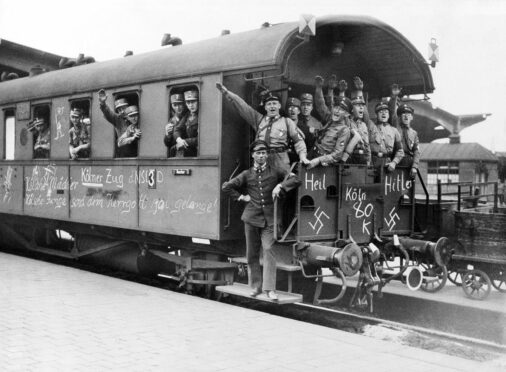
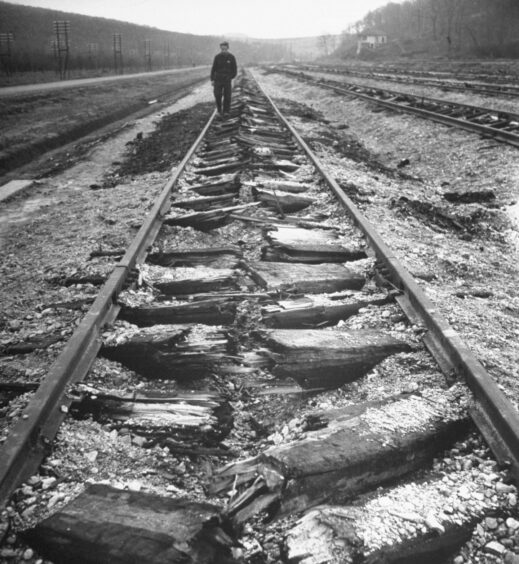
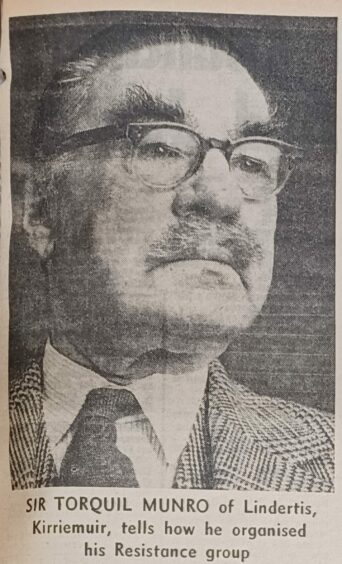
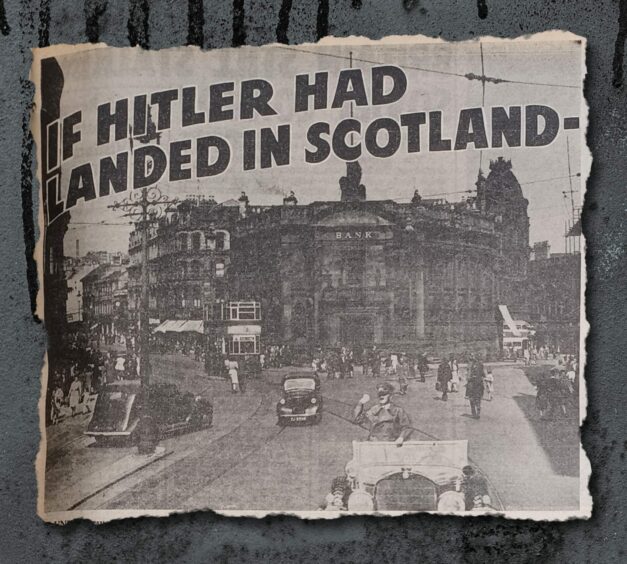
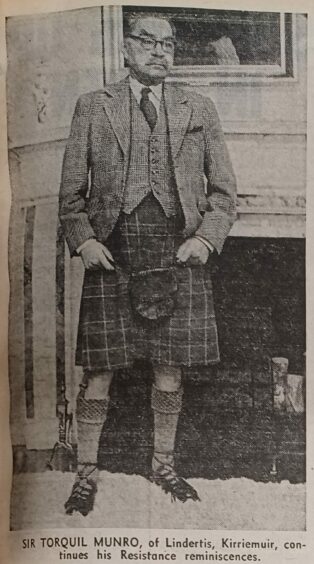
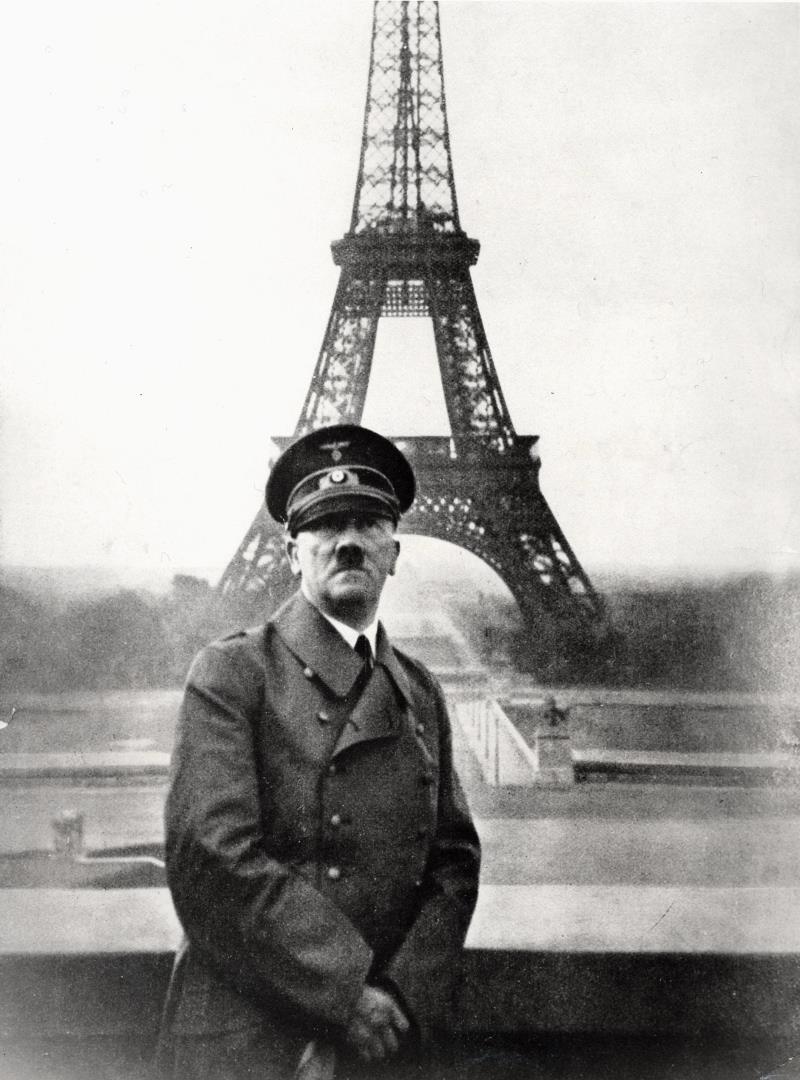










Conversation